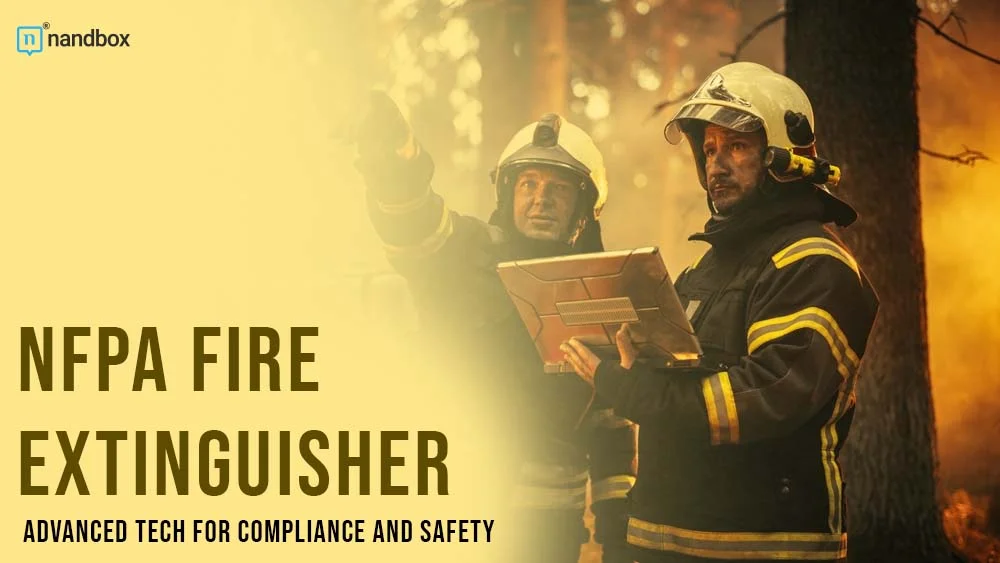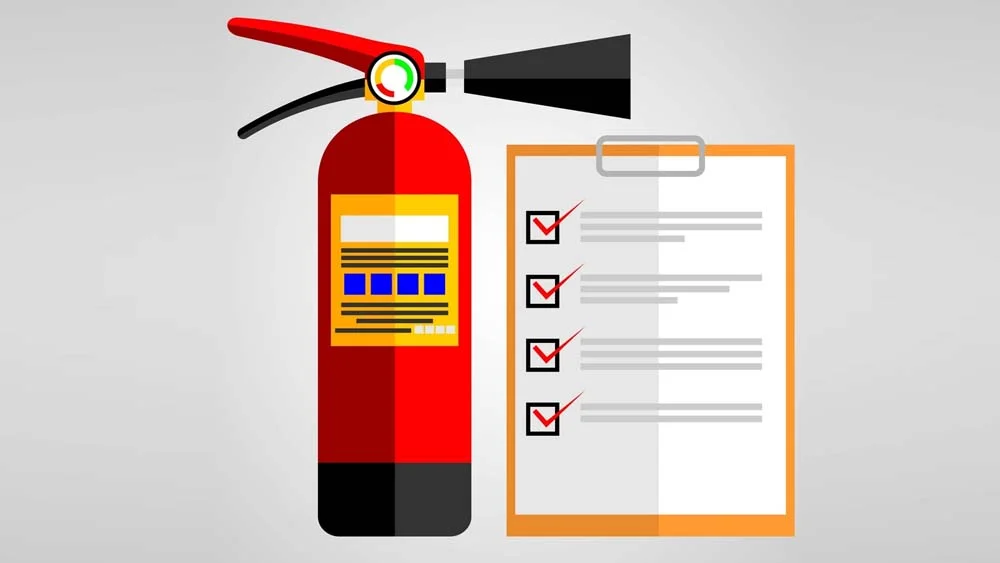Fire safety is a critical concern in any building, and the National Fire Protection Association (NFPA) plays a vital role in setting fire prevention standards, including fire extinguisher requirements.
Compliance with NFPA regulations is essential to ensure that buildings have properly functioning fire extinguishers, which can significantly reduce damages and save lives during a fire emergency. This article will discuss how advanced technology streamlines compliance with NFPA fire extinguisher requirements and its benefits for building owners and managers.
Understanding NFPA Requirements
What is NFPA 10?
The NFPA 10 standard sets the guidelines for portable fire extinguishers. It covers everything from selection and installation to maintenance and testing. The goal is to ensure fire extinguishers are always ready for use in an emergency.
Inspection Requirements
NFPA 10 mandates regular inspections to verify that fire extinguishers are in their designated locations, accessible, and fully operational. These requirements include monthly visual checks and annual maintenance by a licensed professional.
Maintenance and Testing
Proper maintenance involves thoroughly examining each extinguisher, including checking pressure levels and verifying no tampering. Hydrostatic testing, a more in-depth process, must be conducted every 5, 6, or 12 years, depending on the type of extinguisher.
Streamlining Compliance with Advanced Technology
With technological advancements, numerous tools and software have emerged that can help streamline compliance with NFPA fire extinguisher requirements. These solutions offer an automated system for tracking, inspecting, and maintaining fire extinguishers, eliminating the need for manual record-keeping.
One such technology is barcode scanning, which allows users to scan a unique barcode on each fire extinguisher to access its information instantly. This method ensures accurate tracking of all fire extinguishers in a building, reducing the risk of human error. It also provides an easy way to organize and manage data related to inspections and maintenance schedules. Additionally, software for fire alarm inspection is also available, providing comprehensive tools for ensuring fire safety across all aspects of a building’s fire protection system.
Another technology that is transforming fire extinguisher compliance is cloud-based software. This solution offers a centralized platform for managing all fire extinguishers in a building or across multiple locations. The system keeps track of each fire extinguisher’s location, inspection dates, and maintenance records, making it easier for building owners or managers to comply with NFPA requirements.
Benefits of Using Advanced Technology
Using advanced technology to streamline compliance with NFPA fire extinguisher requirements offers numerous benefits for building owners and managers. Some of these are:
Time-saving: Automated systems for tracking and managing fire extinguishers can save building owners or managers significant time that would have been spent on manual paperwork.
Accuracy: Barcode scanning and cloud-based software ensure accurate data recording. Reducing the risk of errors and helping maintain compliance with NFPA requirements.
Cost-effective: By streamlining compliance, technology can help reduce costs associated with manual record keeping, such as paper, ink, and storage space.
Real-time monitoring: Cloud-based software allows for real-time monitoring of fire extinguisher inspections and maintenance schedules, ensuring timely compliance with NFPA requirements.
Greater visibility: With all fire extinguisher data stored in a centralized platform. However, building owners or managers can have better visibility and control over fire safety measures.
Common Compliance Challenges
Time-Consuming Processes
One of the biggest hurdles in adhering to NFPA standards is the time required for regular inspections and maintenance. Moreover, small business owners and facility managers often juggle multiple responsibilities, which makes allocating the necessary time for compliance tasks difficult.
Inaccurate Record-Keeping
Manual record-keeping can lead to inaccuracies, resulting in missed inspections or maintenance activities. This not only jeopardizes compliance but also increases the risk of fire hazards.
High Costs
Ensuring compliance can be expensive, especially for small businesses. The costs of hiring licensed professionals for annual maintenance and conducting hydrostatic tests can add up, making it a significant financial burden.
Final Thoughts
Compliance with NFPA fire extinguisher requirements is crucial for ensuring the safety of any building. Building owners and managers can streamline compliance and enjoy numerous benefits by utilizing advanced technology such as barcode scanning and cloud-based software. As technology advances. We can expect even more efficient ways to ensure adherence to NFPA fire extinguisher requirements, making our buildings safer and more secure.




